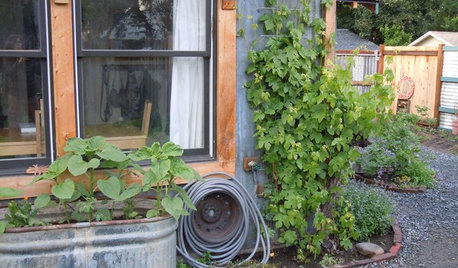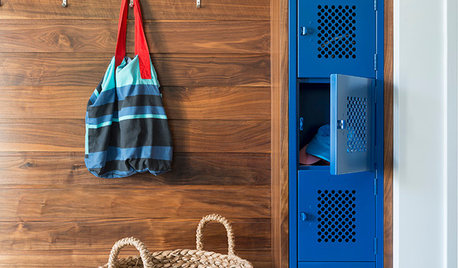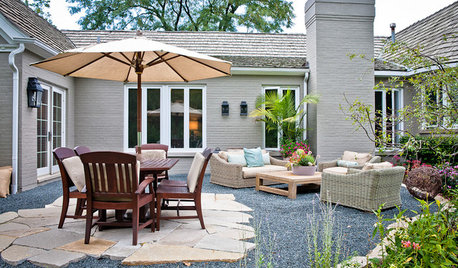Sprinkler to Soaker Hose/Drip System
mixdplate
11 years ago
Featured Answer
Comments (6)
lehua49
11 years agoRelated Professionals
Redondo Beach Landscape Architects & Landscape Designers · Mount Wilson Landscape Architects & Landscape Designers · Battle Ground Landscape Contractors · Beachwood Landscape Contractors · Coeur d'Alene Landscape Contractors · Dudley Landscape Contractors · Hollywood Landscape Contractors · Kaysville Landscape Contractors · Milton Landscape Contractors · Muttontown Landscape Contractors · Selden Landscape Contractors · South Lyon Landscape Contractors · Vacaville Landscape Contractors · Wayland Landscape Contractors · Hueytown Landscape Contractorslehua49
11 years agomixdplate
11 years agolehua49
11 years agoLaurie Brasnett
9 years ago
Related Stories

GARDENING GUIDESHow to Install a Drip Irrigation System
Save time and water with a drip watering system in your vegetable garden — a little patience now will pay off later
Full Story
GARDENING GUIDESEdible Gardening Essentials: Tips for Traditional Hand Watering
Save the expense and hassle of a complicated garden system with a simple watering can or inexpensive hose add-ons
Full Story
EARTH DAYGrow a Beautiful Garden With Ecofriendly Greywater
Reducing home water waste means lower bills and a healthier planet. Here's how to set up a greywater home irrigation system that can help
Full Story
FRONT YARD IDEASBefore and After: Front Lawn to Prairie Garden
How they did it: Homeowners create a plan, stick to it and keep the neighbors (and wildlife) in mind
Full Story
HOUSEKEEPING10 Things to Do Now for an Easier, Happier Summer
Set up your home for easy cleaning and cooking, and get ready for those trips to the beach
Full Story
GARDENING GUIDES7 Ecofriendly Gardening Ideas That Also Cut Chore Time
Spend less time weeding, less money watering and more moments just sitting back and enjoying your healthy garden
Full Story
MONTHLY HOME CHECKLISTSTo-Dos: Your June Home Checklist
Get your house ready for summer with a mix of maintenance musts and breezy room refreshes
Full Story
FALL GARDENINGMake This Fall’s Garden the Best Ever
Learn the most important tip for preventing buyer’s remorse, plus get more valuable buying and planting advice
Full Story
GARDENING GUIDESCalifornia Gardener: What to Do in July
Active green thumb or not, top priorities for peak fruit and veggie season: watering, feeding, keeping up with growth
Full Story
SAVING WATERXeriscape Gardens: How to Get a Beautiful Landscape With Less Water
Conserve water and make gardening much easier with the xeriscape approach’s 7 principles
Full Story






mixdplateOriginal Author